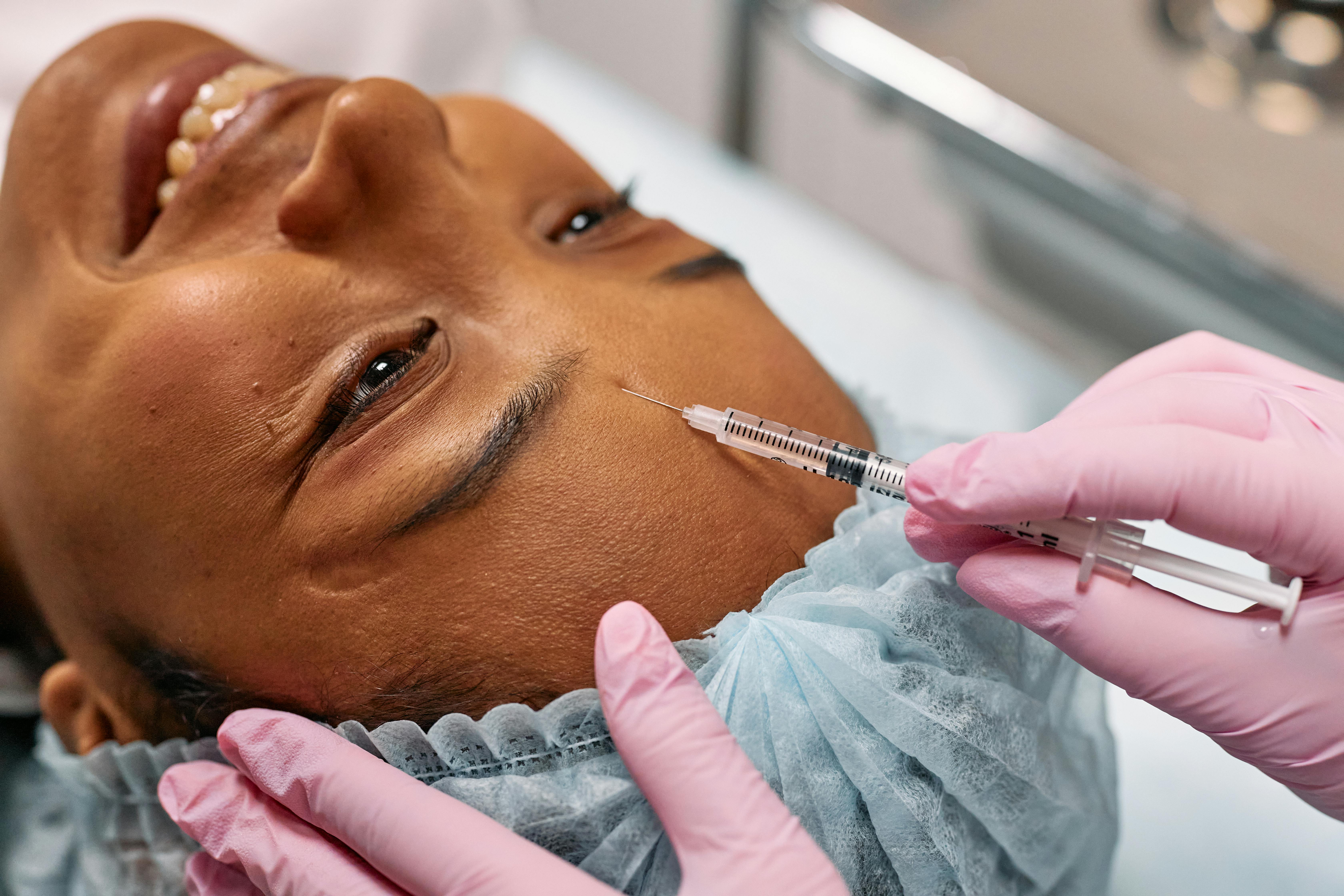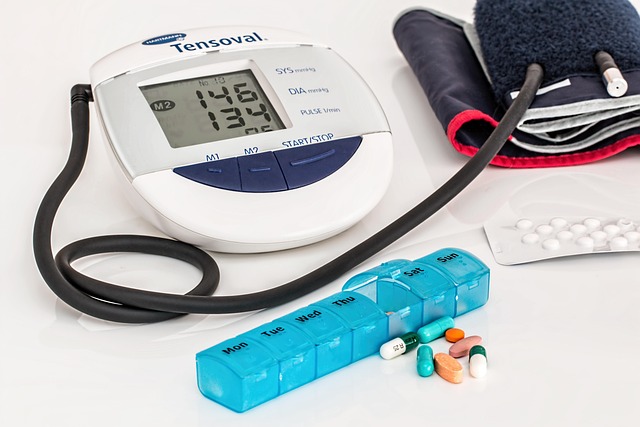Understanding Botox: Past, Present, and Prospective Future
Botox, or botulinum toxin, is a household name in the world of cosmetics. Renowned for its ability to temporarily erase wrinkles and fine lines, it has become the go-to solution for those seeking to maintain a youthful appearance. However, beneath its widespread popularity and seemingly straightforward application, Botox carries a fascinating history, evolving trends, and a potential future that promises more than just aesthetic appeal.

The Historical Emergence of Botox
Botox has a rather illustrious past. It was initially discovered in the 19th century when a German doctor named Justinus Kerner was investigating a case of food poisoning. He isolated botulinum toxin, a potent neurotoxin produced by the bacterium Clostridium botulinum, which he found caused paralysis. The potential medical applications of this toxin were not recognized until the mid-20th century when it was used to treat strabismus, a condition that causes crossed eyes.
In the late 1980s, Botox was approved by the FDA for therapeutic uses. However, its cosmetic potential was discovered accidentally when an ophthalmologist noticed that patients treated for eye-related conditions also experienced a reduction in wrinkles. This led to the FDA approving Botox for cosmetic use in 2002, marking the beginning of its reign in the aesthetic medicine industry.
Botox in Contemporary Beauty Trends
Today, Botox is a mainstay in both aesthetic and medical treatments. In the beauty industry, it’s primarily used to reduce the appearance of wrinkles and fine lines, especially on the forehead and around the eyes. The procedure involves injecting small amounts of the toxin into specific muscles, causing them to relax and soften the overlying skin.
However, the use of Botox has evolved beyond just wrinkle reduction. It’s now used for jawline slimming, treating excessive sweating, reducing the appearance of a ‘gummy smile’, and even as a preventive measure against migraines. Its versatility and immediate results have made it a popular choice for both men and women and have contributed to a growing global market expected to reach $6.9 billion by 2028.
The Reception and Impact of Botox
While Botox has been widely embraced for its ability to deliver quick and visible results, it’s not without controversy. Critics argue that the normalization of Botox contributes to unrealistic beauty standards and pressures individuals into altering their appearance. Moreover, concerns about side effects, including drooping eyelids, bruising, and in rare cases, difficulty swallowing or breathing, have also been raised.
However, these criticisms have done little to dampen the demand for Botox. Its ease of application, minimal recovery time, and the promise of a more youthful appearance continue to attract a wide range of consumers.
Beyond Aesthetics: The Therapeutic Potential of Botox
While Botox is primarily associated with cosmetic treatments, its therapeutic potential is increasingly being recognized. In addition to its approved use for treating conditions like chronic migraines, overactive bladder, and severe underarm sweating, research is underway to explore its efficacy in areas such as depression and abnormal heart rhythms.
The concept behind using Botox as a treatment for depression hinges on the facial feedback hypothesis, which postulates that our facial expressions can influence our emotions. By inhibiting the muscles involved in frowning, it’s theorized that Botox could potentially alleviate depressive symptoms.
The Future of Botox: New Frontiers and Innovations
As we look to the future, the use of Botox is likely to expand further. As new research uncovers additional applications for this versatile toxin, the line between cosmetic and therapeutic use may blur. The possibility of Botox being used as a non-invasive alternative to more invasive procedures, such as surgery for certain conditions, is also a promising development.
Moreover, advancements in technology and techniques could lead to more precise applications of Botox, minimizing side effects and enhancing results. For instance, the use of imaging technology to guide injections could potentially improve the accuracy and effectiveness of treatment.
In conclusion, Botox, while initially a cause of food poisoning, has transformed into a cornerstone of aesthetic medicine, offering a quick and effective solution for those seeking to maintain a youthful appearance. However, its potential extends beyond the realm of cosmetics, with ongoing research exploring its use in treating a variety of medical conditions. As we move forward, the boundaries of Botox’s application are likely to expand, solidifying its place in both the beauty and medical industries.




